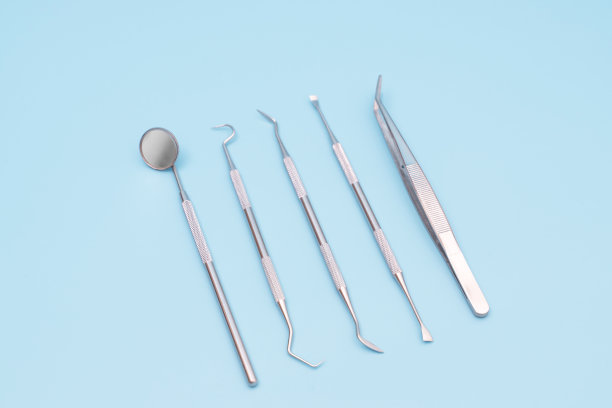Navigating the Experience of Extracting a Tooth and What to Expect Before During and After the Procedure
Summary: Extracting a tooth is often an essential but daunting procedure for many individuals. This article aims to provide a comprehensive guide to navigating the experience, detailing what to expect before, during, and after the extraction process. From initial consultations and preparations to coping with post-operative care, understanding each phase can alleviate anxiety and foster a smoother recovery. By arming yourself with knowledge, you can approach your tooth extraction with confidence, ensuring that you manage the experience effectively and support your healing journey.
1. Preparing for the Tooth Extraction

The preparation phase is crucial for anyone facing a tooth extraction. It usually begins with a thorough consultation with your dentist, who will examine your tooth and discuss your medical history. During this visit, your dentist may take X-rays to assess the tooths condition and determine the best extraction approach, ensuring a personalized procedure.
In addition to the consultation, its vital to discuss any medications you currently take. Some medications may need to be adjusted or temporarily halted to reduce the risk of complications. This conversation also includes discussing potential allergic reactions to anesthetic agents or other substances used during the procedure.
Moreover, you should mentally prepare yourself for the extraction. Educating yourself about the procedure can help alleviate fear and anxiety. Understanding that its a common dental practice and that millions undergo it successfully can provide reassurance on what to expect.
2. What Happens During the Extraction
The actual extraction process is straightforward but varies based on the tooths condition and location. Generally, youll be given a local anesthetic to numb the area, ensuring you feel minimal discomfort during the extraction. Patients often report that they feel pressure rather than pain, which can be a reassuring realization.
If the tooth is impacted or difficult to reach, your dentist may need to make an incision in the gum or remove bone surrounding the tooth. This part of the procedure might take longer, but your dental team will work meticulously to minimize any discomfort. Throughout the process, your dentist will communicate with you, explaining each step to help keep you calm and informed.
Once the tooth has been successfully removed, the dentist will clean the site and place gauze over it to control bleeding. The entire process typically takes between 30 to 60 minutes, depending on the complexity of the extraction.
3. Managing Post-Extraction Care
After the extraction, post-operative care is paramount in ensuring a smooth recovery. Initially, you may experience swelling and mild discomfort, which is completely normal. Your dentist will likely recommend applying ice packs to the area for the first 24 hours and taking prescribed pain medications to manage discomfort.
It’s also crucial to follow dietary restrictions during recovery. Stick to soft foods and avoid anything hot or spicy for a few days to prevent irritation of the extraction site. Additionally, staying hydrated is essential, but be cautious with using straws, as the suction can dislodge the blood clot and lead to complications.
Monitoring for any unusual symptoms is also important. While some discomfort is expected, contact your dentist if you experience severe pain, excessive bleeding, or signs of infection, such as fever or pus, as these may require further attention.
4. Preparing for Follow-Up Visits
Follow-up visits are a standard part of the extraction process, usually scheduled a week after the procedure. During this visit, your dentist will check the healing process and ensure there is no infection or other complications. Its essential to keep this appointment, as it allows your dentist to address any concerns you may have and intervene promptly if any issues arise.
Additionally, your follow-up visit serves as an opportunity to discuss further dental care. If the extraction was due to decay or damage from gum disease, your dentist may recommend strategies to prevent future issues, such as improved oral hygiene practices or further treatments.
Finally, take this time to ask any questions about your recovery and future dental plans. Understanding the next steps will help you feel more in control of your dental health, ensuring you take proactive measures to maintain a healthy smile.
Summary:
Tooth extraction is a common dental procedure that can be made more manageable with the right preparation and knowledge of what to expect. By understanding the process comprehensively—from preparations to post-operative care—you can approach your extraction with confidence. Knowing what to look for post-operation and scheduling follow-up visits ensures that your recovery goes as smoothly as possible, leading to improved oral health.
This article is compiled by Vickong Dental and the content is for reference only.


